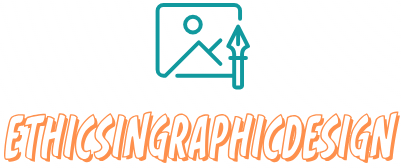How to Create a Professional Sponsorship Package
Creating a professional sponsorship package is essential for attracting potential sponsors and effectively conveying the value and benefits of a sponsorship opportunity. Here are some steps to help you create a compelling sponsorship package:
Define your goals and target audience
Start by identifying your objectives for seeking sponsors and understanding your target audience. Consider what you want to achieve through sponsorship, whether it’s funding an event, promoting a cause, or enhancing brand visibility. Understand the demographic and interests of your target audience to tailor your package accordingly.
Include an introduction and background
Begin your sponsorship package with a well-crafted introduction that explains who you are, your organization or event, and its purpose. Provide a brief background on the history, previous successes, or any notable achievements that demonstrate credibility and value to potential sponsors.
Outline sponsorship opportunities
Clearly outline the different sponsorship levels and their associated benefits in your package. Create tiered options that suit various budgets and sponsor objectives. Consider offering different levels of exposure, such as logo placement, naming rights, promotional opportunities, speaking engagements, or access to exclusive events.
Highlight benefits and value
Clearly communicate the benefits sponsors will receive by aligning with your organization or event. Emphasize how the sponsorship can help achieve their marketing objectives, such as brand awareness, customer engagement, community involvement, or access to a specific target audience. Quantify the potential reach and exposure they can gain through your sponsorship.
Provide demographics and audience insights
Include relevant demographic data or audience insights that showcase the profile and engagement of your target audience. This information helps sponsors assess whether their desired target market aligns with your audience. Include data such as age range, location, purchasing power, interests, or social media following.
Offer customization and flexibility
Provide sponsors with options to customize their sponsorship package to their specific needs or preferences. Allow them to select specific benefits or create tailored activations that align with their brand image or marketing goals. By offering flexibility, you demonstrate your willingness to work collaboratively and create a mutually beneficial partnership.
Include testimonials and success stories
Add testimonials or case studies from past sponsors who have benefited from the partnership. Include any success metrics, such as increased sales, brand exposure, or positive feedback. This helps potential sponsors gauge the effectiveness of sponsoring your organization or event and builds trust in your ability to deliver on your promises.
Provide clear contact information
Ensure your package includes clear and visible contact information. Provide multiple ways for interested sponsors to reach out, such as email, phone, or website links. Prompt them to contact you with any questions or to discuss sponsorship opportunities further.
Design and aesthetics
Use a professional and visually appealing design for your sponsorship package. Ensure it reflects your brand or event’s identity and is visually engaging. Include high-quality images, charts, infographics, and well-organized content to make it easy to read and understand.
Regularly update and refine your sponsorship package
Keep your sponsorship package up to date with updated audience data, testimonials, or any new offerings or opportunities. Continuously refine your package based on sponsor feedback, changing market dynamics, or industry trends.
Remember, a well-crafted sponsorship package showcases the value and benefits that sponsors can gain from supporting your organization or event. Tailor your package to the needs and objectives of potential sponsors and be prepared to negotiate and create customized solutions.



